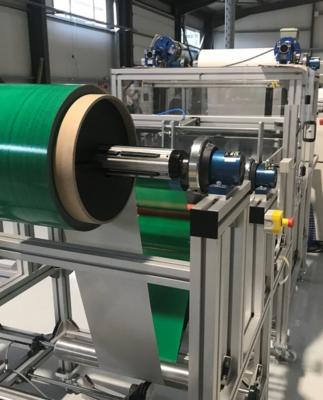Researchers develop formaldehyde sensing at room temperature graphene aerogels
Researchers at the University of Cambridge and the University of Warwick have developed a fully 3D-printed quantum dot/graphene-based aerogel sensor for highly sensitive and real-time recognition of formaldehyde at room temperature. Formaldehyde is a known human carcinogen that is a common indoor air pollutant. However, its real-time and selective recognition from interfering gases has thus far remained challenging, especially for low-power sensors suffering from noise and baseline drift.
The new sensor uses artificial intelligence techniques to detect formaldehyde in real time at concentrations as low as eight parts per billion, far beyond the sensitivity of most indoor air quality sensors.

